Juno asks Aeolus to free the winds
Oil on canvas, 55 x 74
With frame, cm 70 x 90
The canvas in question, which can be traced to the Bolognese school of the seventeenth century, for its stylistic and iconographic characteristics is attributable to the hand of a follower of the painter Francesco Albani (Bologna, 1578 - 1660), one of the most important exponents of baroque classicism, who has certainly the opportunity to work with the Bolognese master and study his models.
At the age of twelve, Albani entered the workshop of the Flemish mannerist painter Denijs Calvaert, who had been active for some time in Bologna, where he had as his fellow apprentices Domenichino and Guido Reni. Around 1590 the new naturalistic style of the Carracci replaced the late Mannerism practiced by the old generation of painters from Bologna, leading Albani to move to the Accademia degli Incamminati, where he will remain for about four years. In 1598 the painter began to receive his first public commissions, thanks to which he got to know the mythological genre by making the friezes for the Stories from the Aeneid at Palazzo Fava. In October 1601 the artist is in Rome, just in the months when the frescoes of the Farnese Gallery were unveiled, and began a fruitful collaboration with Annibale Carracci: Together with him he made the frescoes for the Stories of San Diego in the Church of San Giacomo degli Spagnoli and the Lunette Aldobrandini for the homonymous palace.
Here the artist decides to depict an episode from Virgil’s Aeneid (book I): Juno turns to Aeolus, master of the winds, asking him to unleash a storm that hits Aeneas fleet, to prevent him from continuing his journey towards Italy. In return, the goddess offers to Aeolus the nymph Deiopea. Aeolus, however, states that, beyond the gifts of Juno, he still considers it his duty to carry out the order received, thus freeing the winds, which strike the fleet. The latter is badly damaged, but Neptune, god of the seas, intervenes to calm the waters so that the fleet can make a stop in Libya. In the goddess Juno is represented carried by a cloud, caught in its descent from the celestial kingdom, accompanied by a pair of peacocks, his attribute as well as sacred animal, and a host of putti. At his feet is an arch, probably a symbol of Iris, his messenger.
The Goddess turns her gaze to Aeolus, god of the wind and orders him to unleash the winds against the sails of the Trojans. Eolo is preparing to open a wooden door, releasing the winds personified by three putti.
The work is inspired by some compositions of Francesco Albani (1578-1660). There is, in fact, a copper version of Juno and Eolo, made by Albani with the contribution of his workshop, now in Palazzo Rosso in Genoa.
In his vast production, see, for example, the four depictions of the elements and especially of air (today at the Sabauda gallery in Turin), made for Cardinal Maurizio di Savoia in 1633, in which our Junon takes the personification of air while our Aeolus takes the same subject as the Albani, mimicking the gesture of opening the door leaving to act the puttini/ winds. The settings are also similar: Aeolus is, in fact, lying on the same rocky spur lapped by sea waters, and the female figures are both carried by clouds that open up on the blue sky.
The object is in good condition
With Ars Antiqua you can defer all amounts up to a maximum of € 7,500 at ZERO RATE, for a total of 15 INSTALLMENTS.
Ex. Tot. € 4,500 = Monthly installment € 300 for 15 months.
Ex. Tot. € 3,600 = Monthly installment € 720 for 5 months.
For amounts over €7,500 or for a longer grace period (over 15 installments), we can provide a custom payment.
Contact us directly to get the best quote.
LIVE TV
- SUNDAY 17.00 - 21.00 Dig.terr. 126 + 809 SKY
- THURSDAY 21.00 - 24.00 Dig.terr. 134 + 809 SKY
- Streaming on our website www.arsantiquasrl.com and on our social networks Facebook and Youtube
All the works proposed by Ars Antiqua are sold accompanied by a certificate of authenticity in accordance with the law and accurate fact sheet.
You can see the works directly at the showroom gallery in Milan, in via Pisacane 55 and 57.
We personally organize transport and deliveries of the works, both for Italy and abroad






















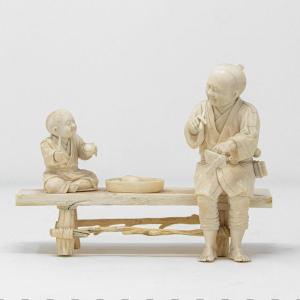



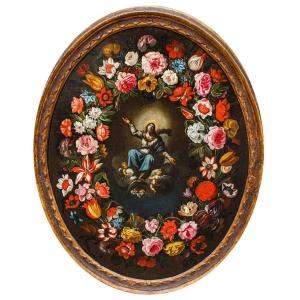
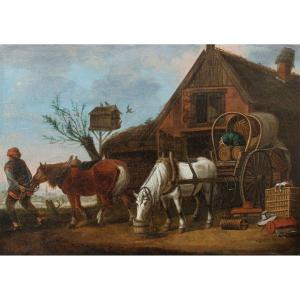
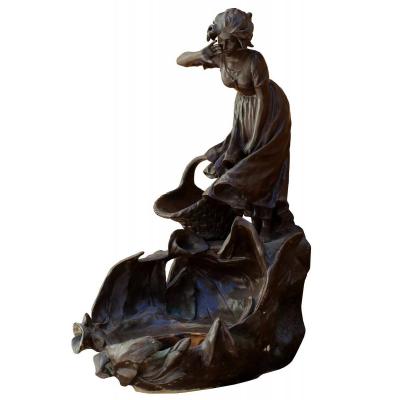
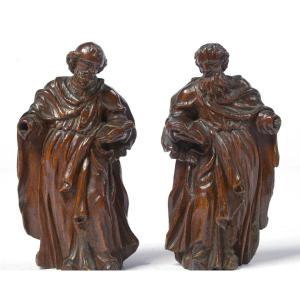

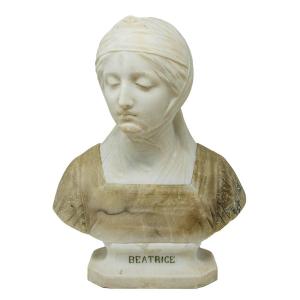
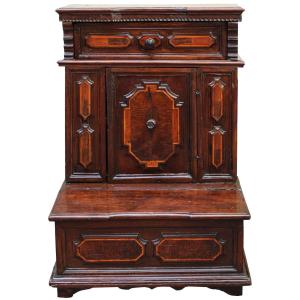
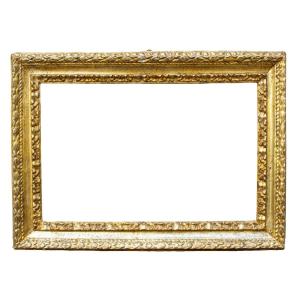








 Le Magazine de PROANTIC
Le Magazine de PROANTIC TRÉSORS Magazine
TRÉSORS Magazine Rivista Artiquariato
Rivista Artiquariato